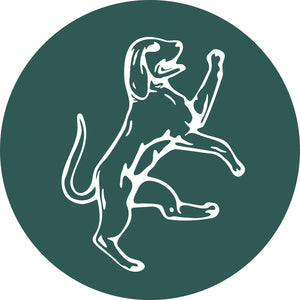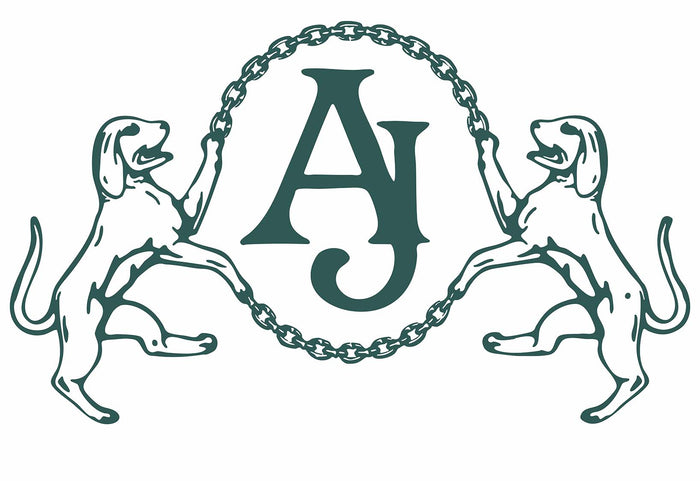Antique vs. Modern Diamond Cuts: How They Differ and Why It Matters
Introduction
When choosing a diamond ring, the cut is one of the most significant factors influencing its appearance, sparkle, and overall character. While modern diamond cuts like the round brilliant are prevalent today, antique diamond cuts offer a timeless beauty that resonates with many collectors and enthusiasts. In this blog post, we compare antique diamond cuts (such as the old European cut) with modern diamond cuts (like the round brilliant), discussing their differences in appearance, light performance, and style, and explaining why these differences matter for collectors and those seeking a unique ring.
1. Overview of Antique Diamond Cuts
Antique diamond cuts were crafted before modern cutting technology was available. These cuts often showcase the diamond's natural features and reflect the era in which they were fashioned.
1.1 Old Mine Cut
- Era: Mid-18th century to early 19th century
- Appearance: Characterized by a rounded square or cushion shape with a high crown and a small table.
- Unique Features: Old mine cuts were cut by hand, resulting in facets that were not perfectly symmetrical, giving each diamond a unique personality.
1.2 Old European Cut
- Era: Late 19th century to early 20th century
- Appearance: A round shape with a high crown, small table, and large, chunky facets.
- Unique Features: Old European cuts are considered the precursor to the modern round brilliant. They were designed to maximize a diamond’s sparkle under candlelight.
1.3 Rose Cut
- Era: Popular in Georgian and Victorian eras
- Appearance: A flat bottom with a domed top covered in triangular facets, resembling the petals of a rose.
- Unique Features: Rose-cut diamonds have fewer facets and emit a soft glow rather than a sharp sparkle, making them ideal for vintage-style settings.
2. Overview of Modern Diamond Cuts
Modern diamond cuts leverage advanced technology and mathematical precision to maximize sparkle, brilliance, and symmetry.
2.1 Round Brilliant Cut
- Era: Established in the early 20th century and refined over time
- Appearance: A perfectly round shape with 58 meticulously placed facets.
- Unique Features: Designed using precise calculations to maximize light reflection, the round brilliant is the most popular and brilliant of modern cuts.
2.2 Princess Cut
- Era: Created in the 1960s and gained popularity in the 1970s
- Appearance: A square or rectangular shape with pointed corners and brilliant-cut facets for maximum sparkle.
- Unique Features: The princess cut has a contemporary, sharp look and high brilliance, making it a popular choice for modern engagement rings.
2.3 Cushion Cut (Modern Variation)
- Era: Based on antique styles but modernized in the 21st century
- Appearance: A square or rectangular shape with rounded corners, similar to the old mine cut but with more facets and improved light performance.
- Unique Features: The modern cushion cut offers a blend of vintage style and modern brilliance, bridging the gap between old and new.
3. Key Differences in Appearance
Antique and modern diamond cuts differ significantly in shape, facet arrangement, and overall style, affecting the ring’s appearance.
3.1 Facet Structure and Symmetry
- Antique Cuts: Often have fewer, larger facets and were cut by hand, leading to slight asymmetry and a charming, unique look.
- Modern Cuts: Feature more facets, precisely engineered for maximum brilliance and symmetrical light distribution.
3.2 Shape and Proportions
- Antique Cuts: Cuts like the old mine and old European have smaller tables and taller crowns, leading to a softer sparkle.
- Modern Cuts: Cuts like the round brilliant have larger tables and lower crowns, optimizing them for maximum sparkle and light return.
4. Differences in Light Performance
Light performance—how a diamond reflects and refracts light—is crucial to its sparkle and fire. Antique and modern cuts approach this differently.
4.1 Brilliance, Fire, and Scintillation
- Antique Cuts: Designed to catch candlelight, these cuts produce a warm, romantic glow. Their larger facets create broad flashes of light (fire) and a subtle brilliance.
- Modern Cuts: Engineered with exact angles, modern cuts maximize brilliance, fire, and scintillation under electric lighting, creating a bright and flashy sparkle.
4.2 Viewing Conditions
- Antique Cuts: Perform best under softer, more diffused lighting conditions, reflecting their historical context.
- Modern Cuts: Excel under a variety of lighting conditions, especially bright and direct light sources, thanks to their precise facet arrangements.
5. Overall Style and Aesthetic Differences
The stylistic differences between antique and modern diamond cuts go beyond technical details, influencing the diamond’s character and appeal.
5.1 Antique Cuts: Rustic Charm and Timeless Romance
- Appearance: Antique cuts often have an old-world charm, with softer sparkles and unique facet patterns that evoke a sense of romance and history.
- Aesthetic Appeal: They complement vintage-inspired settings and are ideal for those seeking a ring with character and a connection to the past.
5.2 Modern Cuts: Precision and Bright Brilliance
- Appearance: Modern cuts provide maximum sparkle, with symmetrical facets and a polished, contemporary look.
- Aesthetic Appeal: They suit modern and minimalist settings, appealing to those who prefer a dazzling, perfectly symmetrical diamond.
6. Why These Differences Matter
Understanding the differences between antique and modern diamond cuts is important for collectors and those looking for a ring that reflects their personal style.
6.1 Collectors' Perspective
- Value and Rarity: Antique cut diamonds can be rarer and hold historical significance, making them appealing to collectors who value authenticity and uniqueness.
- Cultural and Emotional Resonance: Some collectors appreciate the artistry and heritage of antique cuts, which can carry sentimental and cultural significance.
6.2 For Buyers Seeking Unique Character
- Personal Style: Antique cuts offer a distinct, romantic style that resonates with individuals seeking a ring that stands out from modern designs.
- Individuality: Each antique cut diamond is unique due to its handmade nature, giving the wearer a one-of-a-kind piece with personal meaning.
Conclusion
Whether you’re drawn to the timeless charm and history of antique diamond cuts or the dazzling brilliance and precision of modern cuts, understanding these differences is key to making an informed choice. Antique cuts like the old European and old mine cuts evoke a sense of romance and uniqueness, while modern cuts like the round brilliant and princess cut offer unparalleled sparkle and contemporary appeal. Ultimately, the decision comes down to personal style and the story you want your ring to tell.


